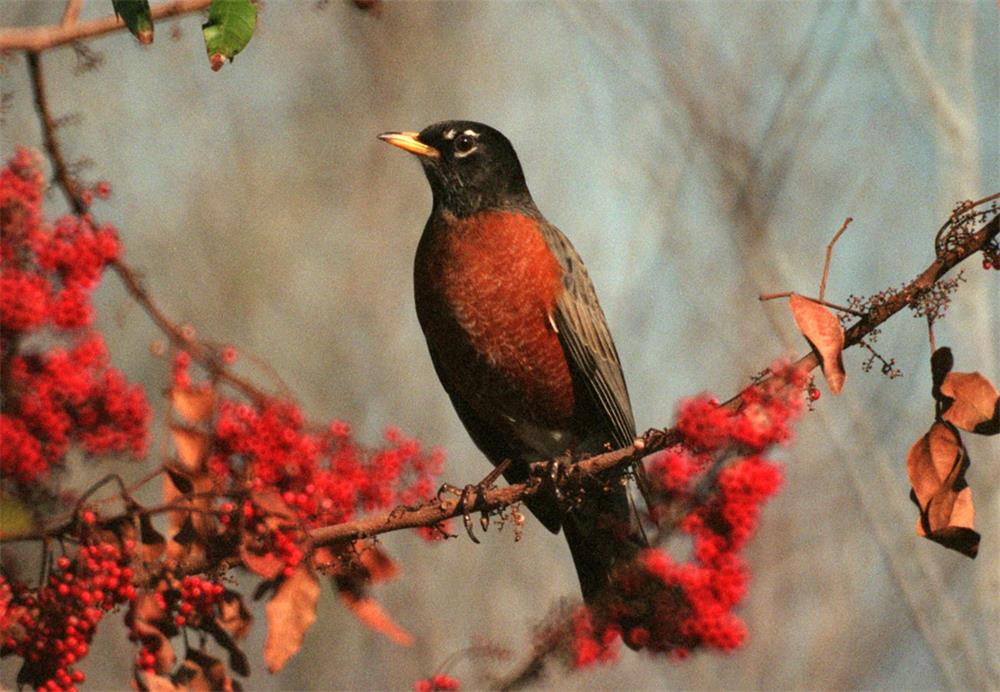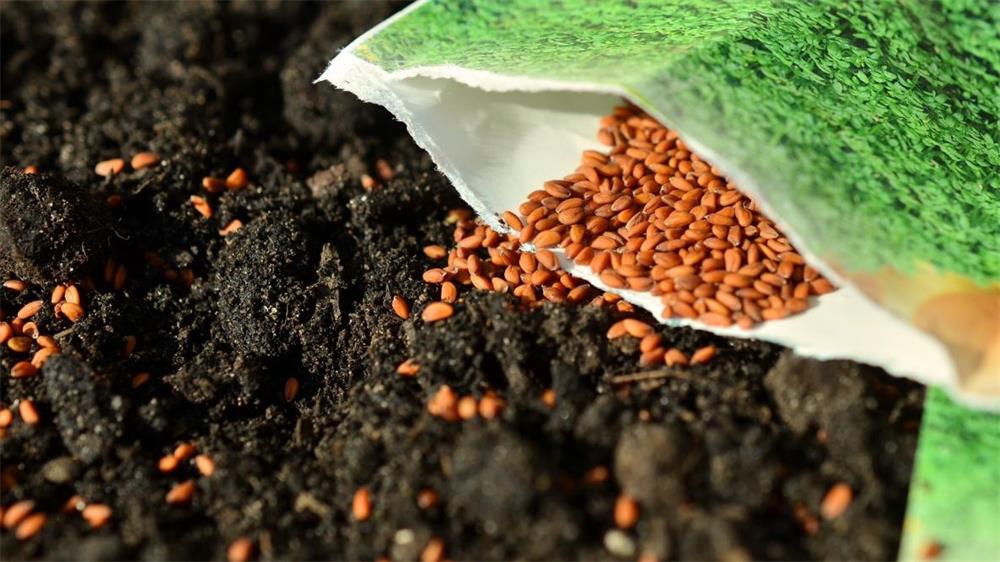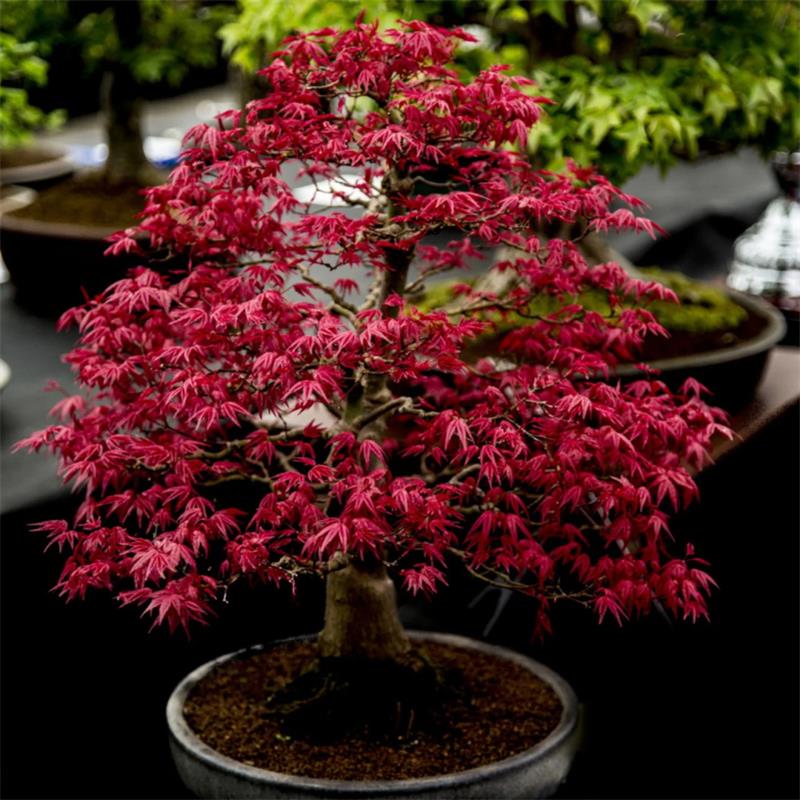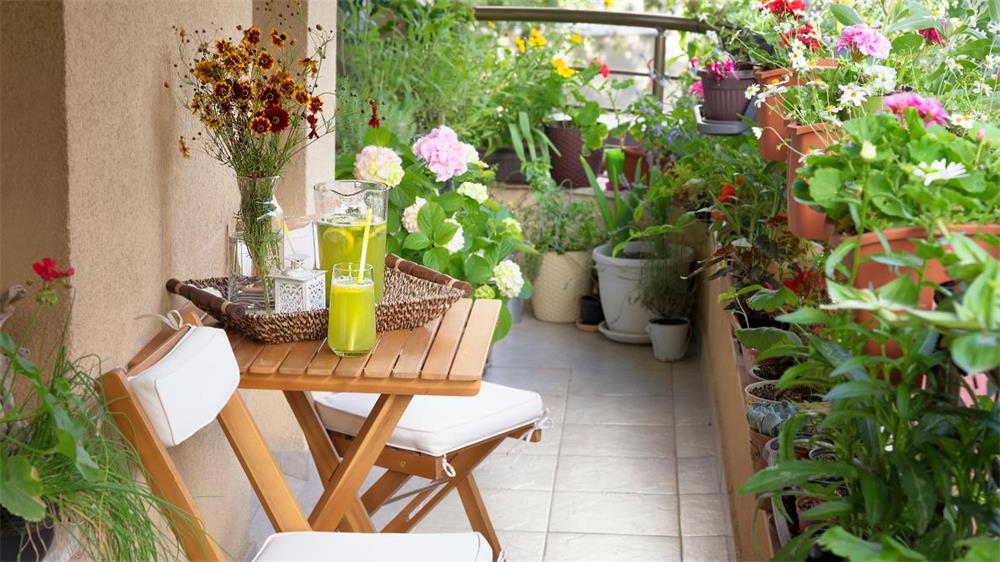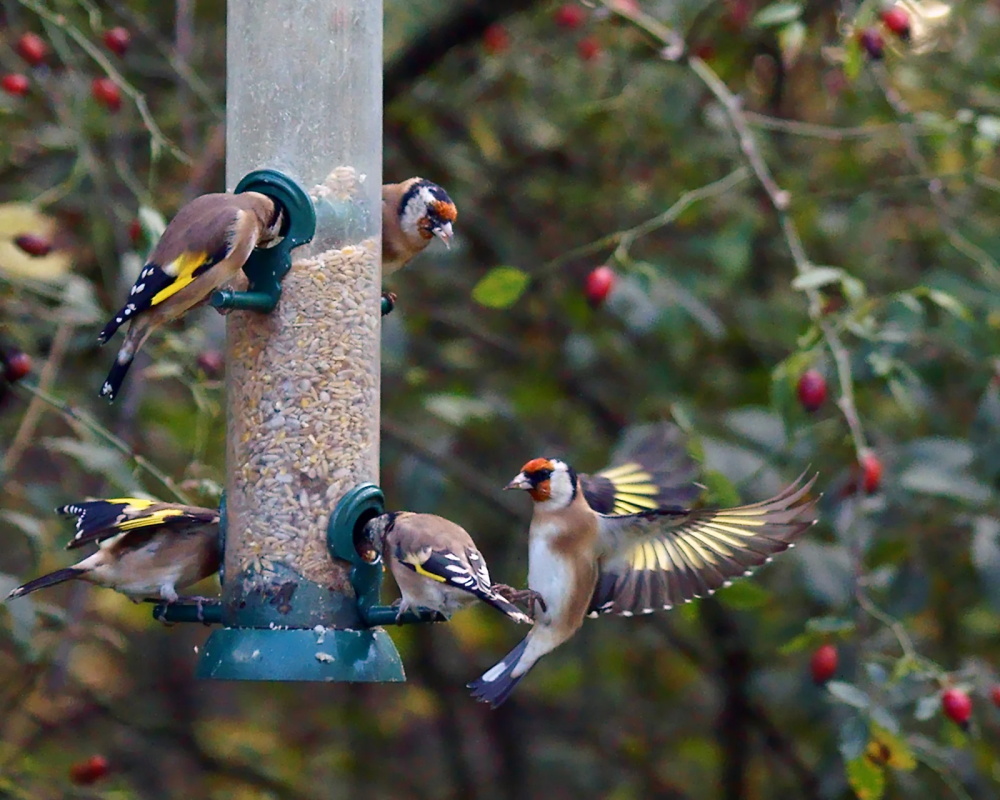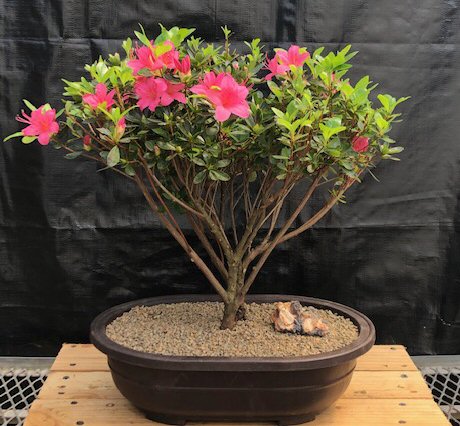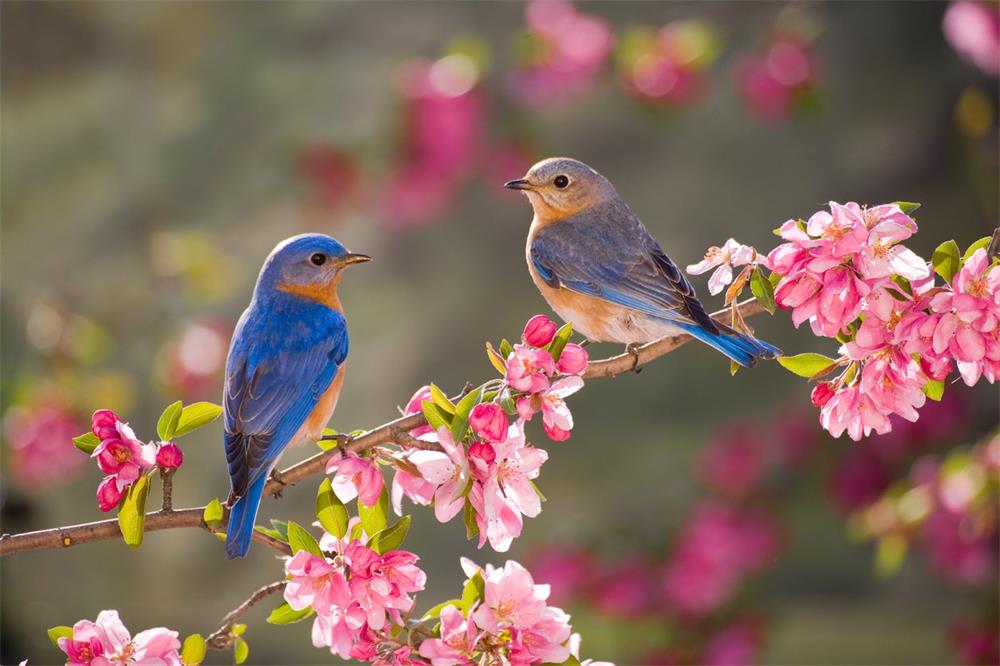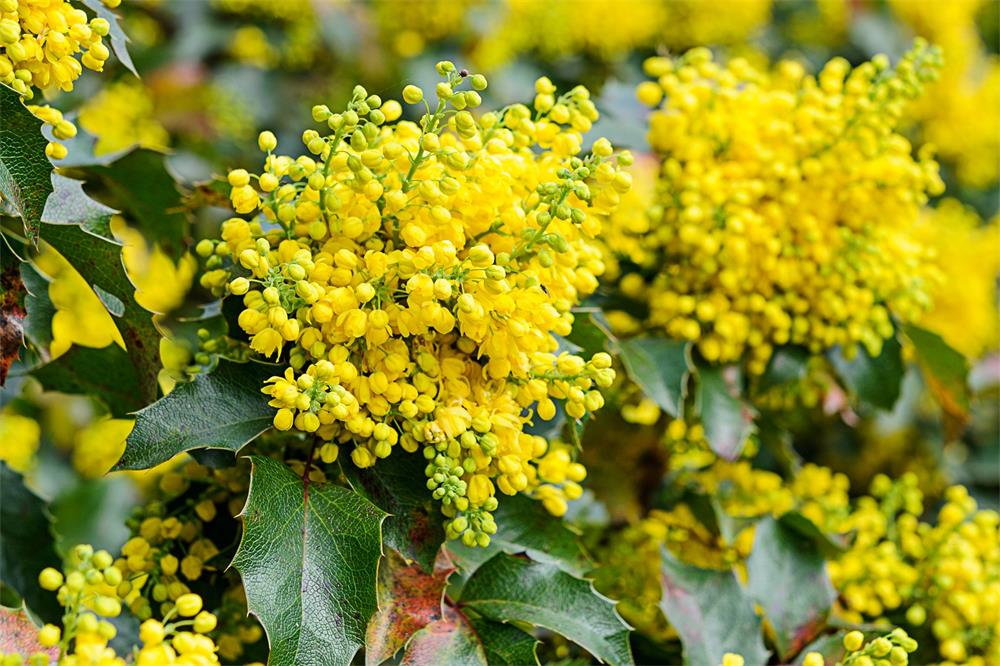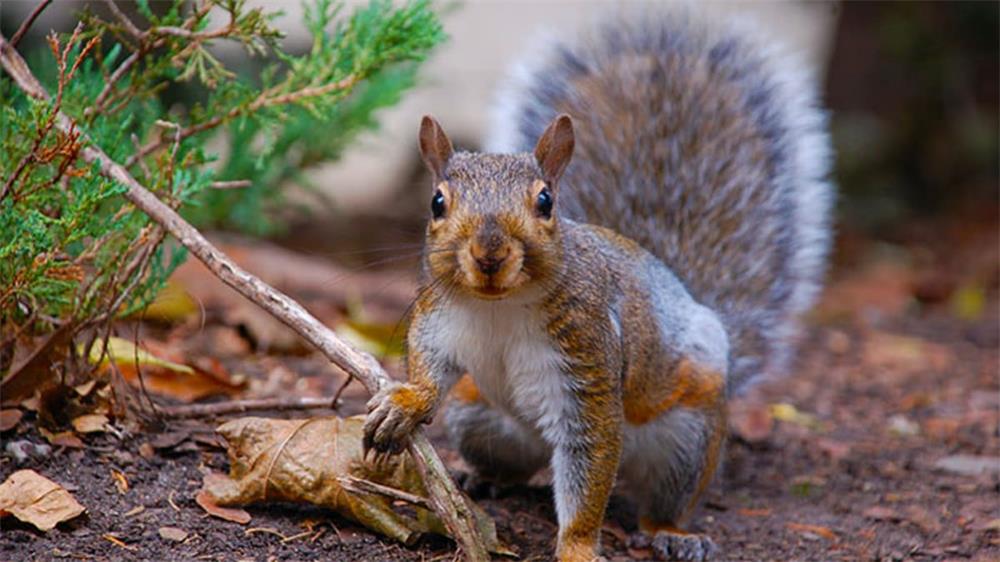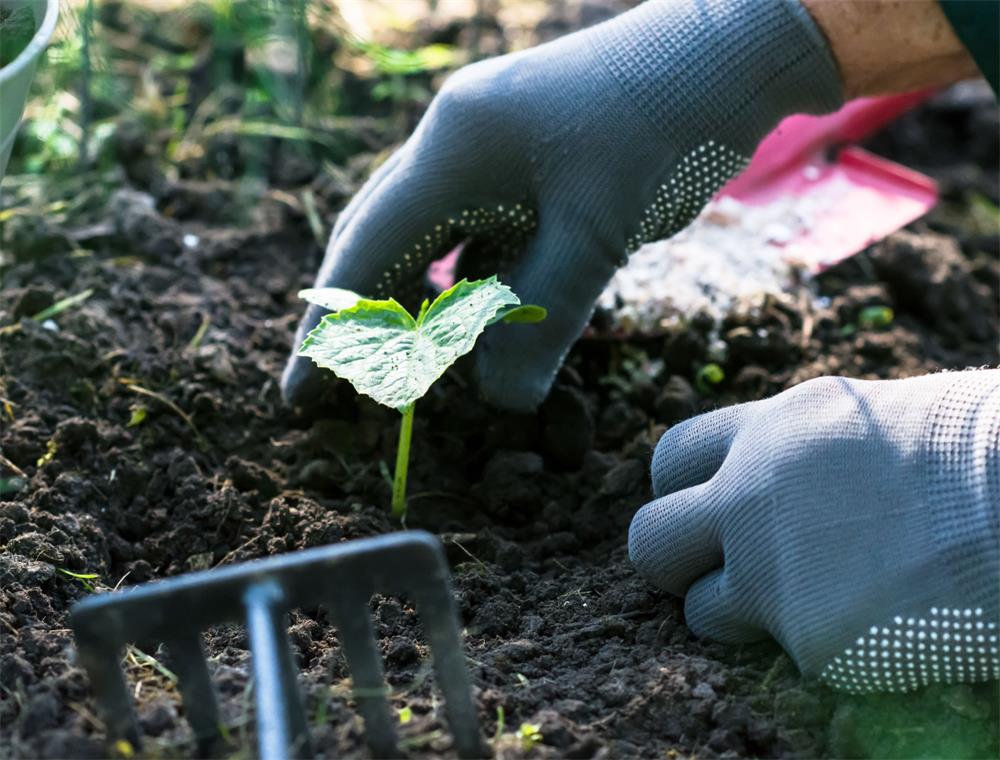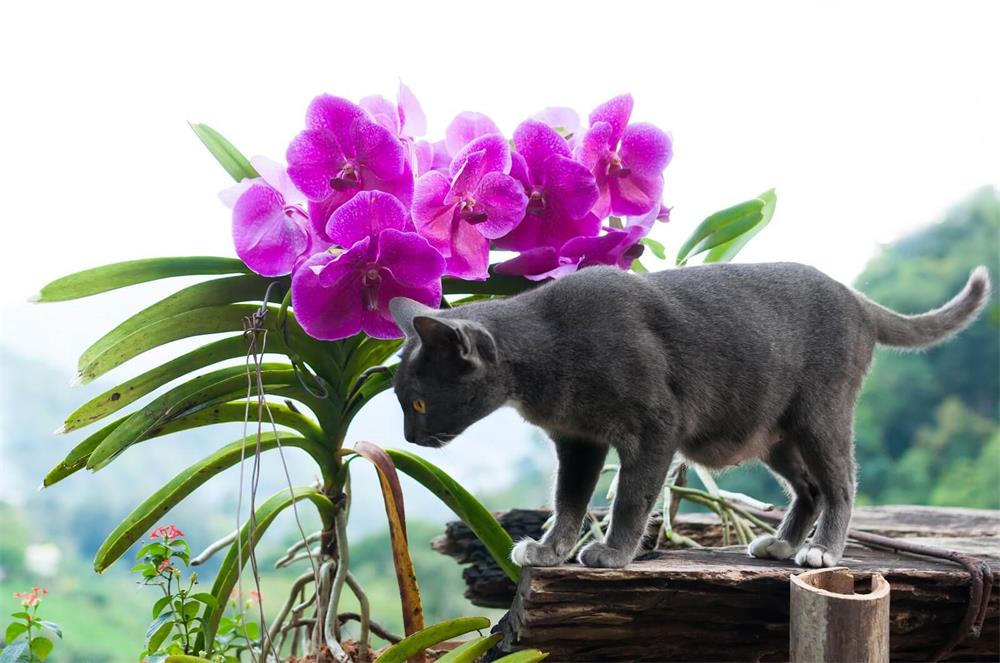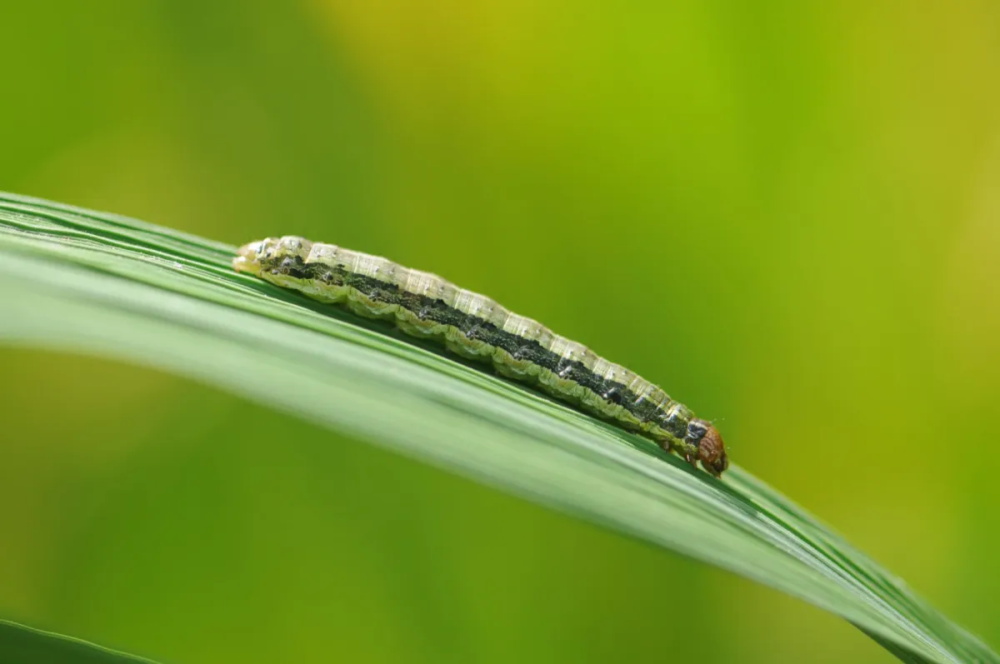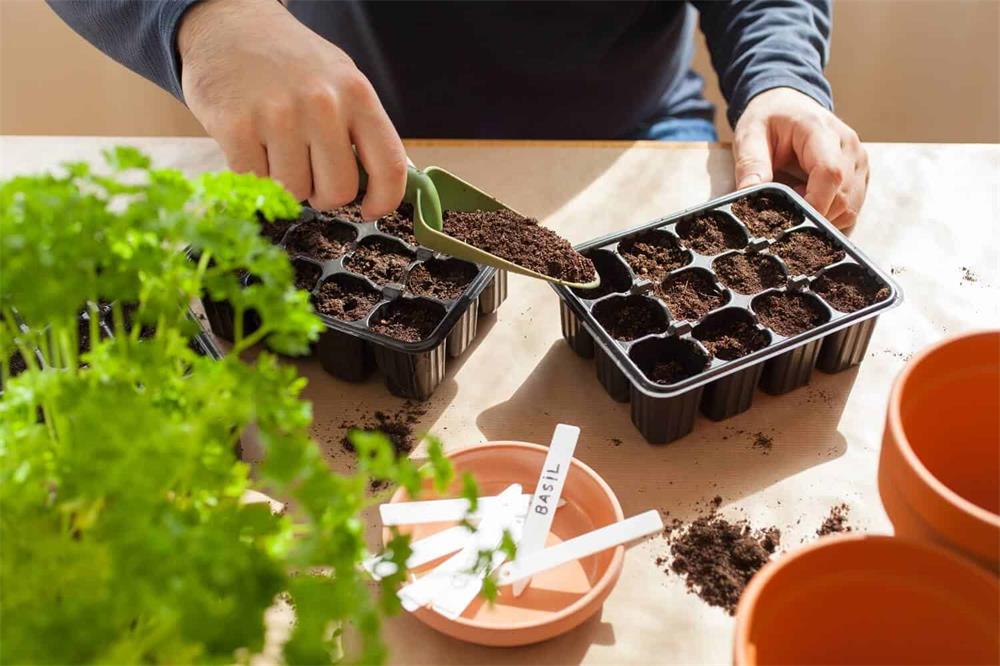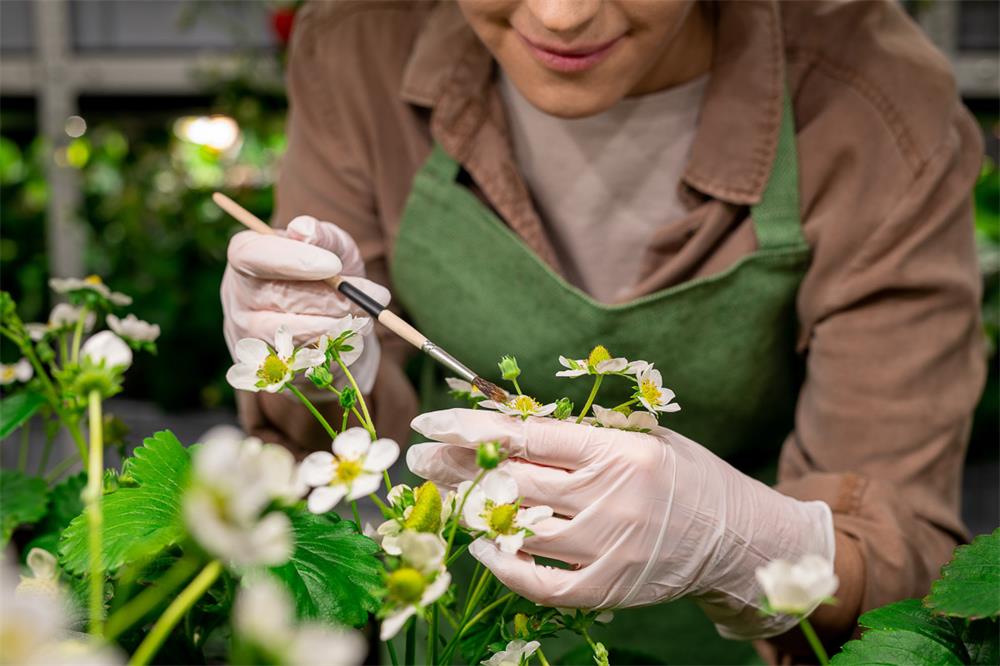
Table of Contents
Cross-pollination is a natural process that occurs when pollen from one plant reaches the pistils of another plant of the same or a closely related species. This results in the formation of seeds that contain genetic material from both plants, creating a hybrid offspring. Cross-pollination can happen by wind, insects, birds, bats, or other animals that carry pollen from one flower to another while feeding on nectar or pollen.
Cross-pollination is important for the evolution and diversity of plants, as it allows them to combine different traits and adapt to changing environments. It also affects the quality and quantity of fruits and seeds that we harvest from our gardens. Some plants rely on cross-pollination to produce fruits and seeds, while others can self-pollinate or do both. Knowing how cross-pollination works can help you plan your garden layout, save seeds for future planting, and create new varieties of plants.
Self-Pollination vs. Cross-Pollination
Self-pollination is the transfer of pollen within a flower or between flowers on the same plant. This ensures that the plant can reproduce without relying on external agents, but it also limits the genetic variation and diversity of the offspring. Self-pollination can occur in plants that have complete flowers, which contain both male (stamen) and female (pistil) parts, or in plants that have separate male and female flowers on the same plant.
Cross-pollination is the transfer of pollen from one plant to another plant of the same or a closely related species. This increases the genetic variation and diversity of the offspring, which may have new or improved characteristics such as taste, color, size, shape, disease resistance, or drought tolerance. Cross-pollination can occur in plants that have incomplete flowers, which contain either male or female parts, or in plants that have separate male and female flowers on different plants.
How to Prevent or Encourage Cross-Pollination
Depending on your gardening goals, you may want to prevent or encourage cross-pollination in your plants. If you want to save seeds that are true to type and will produce plants identical to their parents, you need to prevent cross-pollination between different varieties of the same species. This can be done by isolating the plants physically (by distance, barriers, or timing), by bagging or caging the flowers before they open, or by hand-pollinating the flowers and removing unwanted pollen sources.
If you want to create new varieties of plants with different traits, you need to encourage cross-pollination between different varieties of the same species. This can be done by planting them close together, attracting pollinators with flowers or feeders, hand-pollinating the flowers with a brush or a cotton swab, or by removing unwanted flowers or plants.
Examples of Cross-Pollination in Common Plants
Many common plants in our gardens can cross-pollinate with other varieties of the same species. Here are some examples:
- Squash: Squash plants produce both male and female flowers on the same plant, but they can also cross-pollinate with other squash varieties within the same species group (e.g., Cucurbita pepo). This means that zucchini can cross with yellow squash, pumpkin can cross with acorn squash, and so on. The fruit will look like the mother plant, but the seeds will produce hybrids if planted.
- Corn: Corn plants are wind-pollinated and produce separate male (tassel) and female (ear) flowers on the same plant. They can cross-pollinate with other corn varieties within the same species (Zea mays). This means that sweet corn can cross with popcorn, dent corn can cross with flint corn, and so on. The cross-pollination will affect the quality and flavor of the ears if they are harvested after pollination.
- Tomatoes: Tomato plants are self-pollinating and produce complete flowers that contain both male and female parts. They rarely cross-pollinate with other tomato varieties within the same species (Solanum lycopersicum), unless there is insect activity or mechanical disturbance. The fruit will look like the mother plant, but the seeds may produce hybrids if planted.
- Apples: Apple trees are cross-pollinating and produce incomplete flowers that contain only female parts. They need another apple variety within the same species (Malus domestica) to pollinate them and produce fruits. The fruit will look like the mother plant, but the seeds will produce hybrids if planted.
- Peas: Pea plants are self-pollinating and produce complete flowers that contain both male and female parts. They rarely cross-pollinate with other pea varieties within the same species (Pisum sativum), unless there is insect activity or mechanical disturbance. The fruit will look like the mother plant, but the seeds may produce hybrids if planted.
Benefits of Cross-Pollination
Cross-pollination has many benefits for plants and for us. It allows plants to exchange genetic material and create new combinations of traits that may enhance their survival and adaptation. It also increases the genetic diversity and variation of plants, which can prevent inbreeding depression and increase disease resistance. For us, cross-pollination can produce new varieties of plants with desirable characteristics such as flavor, color, size, shape, or yield. It can also improve the quality and quantity of fruits and seeds that we harvest from our gardens.
Challenges of Cross-Pollination
Cross-pollination also has some challenges for plants and for us. It can reduce the purity and consistency of plant varieties, which can affect their identity and performance. It can also create unwanted or undesirable hybrids that may have inferior or unpredictable traits. For us, cross-pollination can make it difficult to save seeds that are true to type and will produce plants identical to their parents. It can also affect the quality and flavor of fruits and seeds that we harvest from our gardens.
Conclusion
Cross-pollination is a natural process that occurs when pollen from one plant reaches the pistils of another plant of the same or a closely related species. It can happen by wind, insects, birds, bats, or other animals that carry pollen from one flower to another while feeding on nectar or pollen. Cross-pollination is important for the evolution and diversity of plants, as it allows them to combine different traits and adapt to changing environments. It also affects the quality and quantity of fruits and seeds that we harvest from our gardens. Depending on your gardening goals, you may want to prevent or encourage cross-pollination in your plants. Knowing how cross-pollination works can help you plan your garden layout, save seeds for future planting, and create new varieties of plants.



